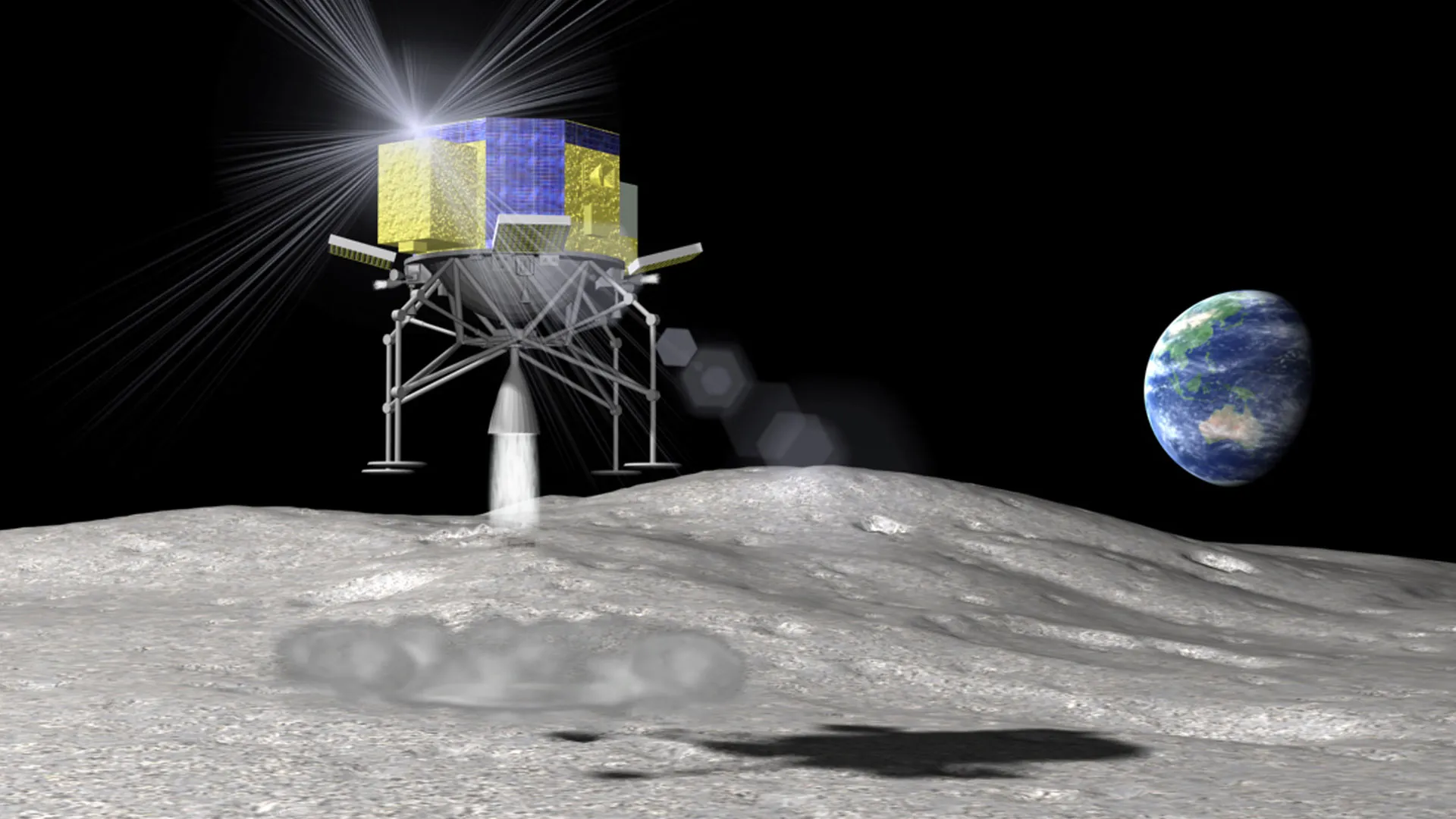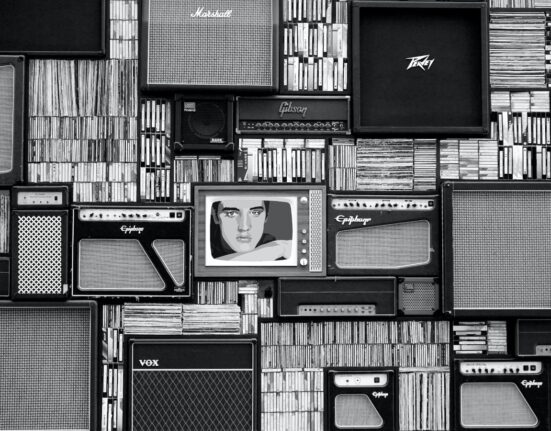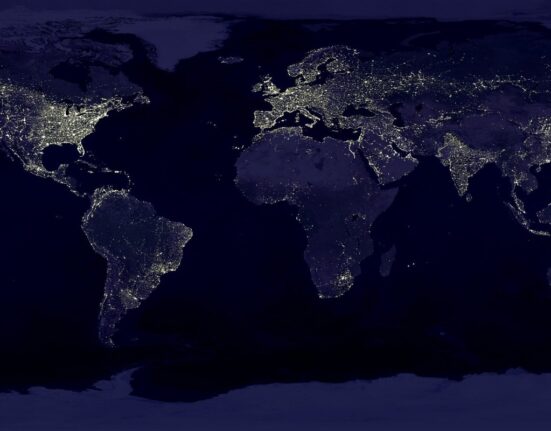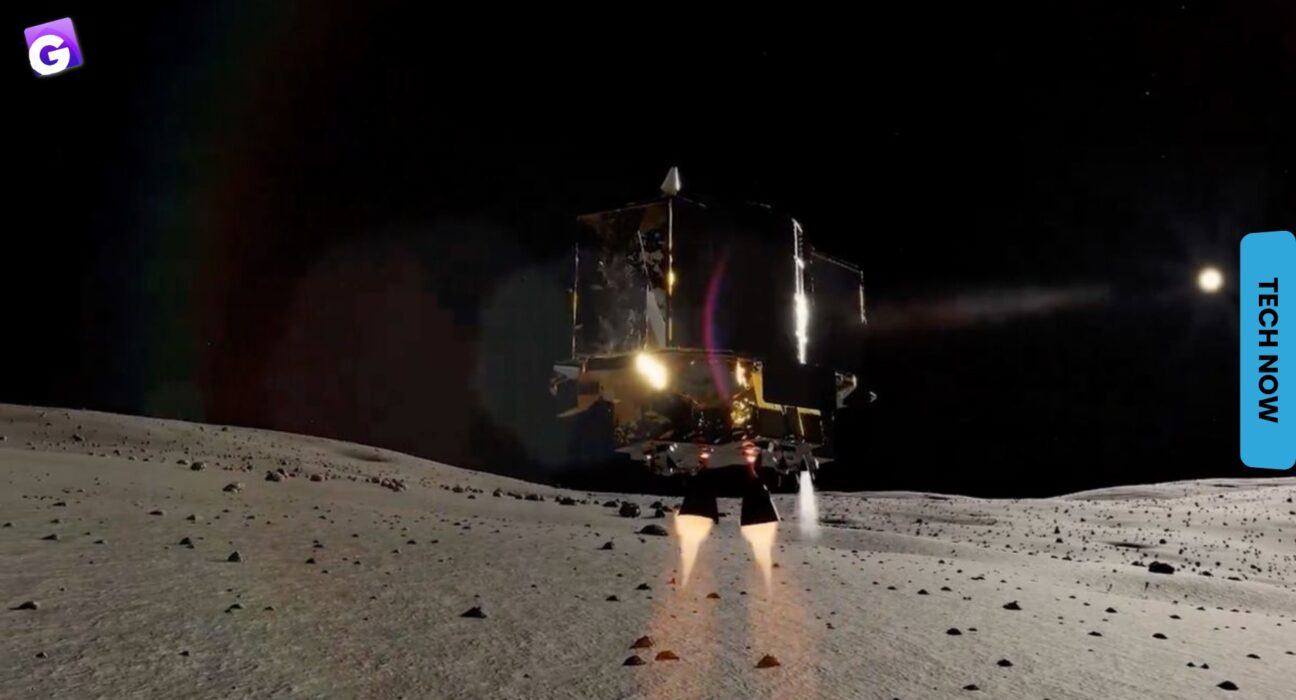Japan made history as its lunar rover achieved a successful touchdown on the moon’s surface last weekend, on Saturday. But its “Moon Sniper” aircraft’s inability to use solar power due to a battery problem has made it uncertain whether the mission will achieve its goals or not.
“The path to the moon has opened up”
With the landing, Japan became just the fifth country in the world to land a spacecraft on the moon, after the U.S., Russia, China, and India. At midnight, as people watched from around the world, the spacecraft named the “Moon Sniper” successfully landed on the lunar surface.
“The path to the moon has opened up. By achieving the technology to make our probe land where we want to, we can cooperate internationally,” said President JAXA Hiroshi Yamakawa.

Japan Aerospace Exploration Agency officials said they have good reason to believe that the Smart Lander for Investigating Moon (SLIM) spacecraft made a soft landing and achieved its goal of a high-precision landing. However, they would need more time to confirm whether the lander achieved the goal of landing within 100 meters of its target site.
Also read: Chandrayaan-3: India Becomes First Country To Land Spacecraft Near Moon’s South Pole
They further added that the lack of electricity from solar panels might limit the duration of the lander’s activities but they would do their best to accomplish as much as possible with the remaining power. “The end of battery power does not mean the end of the mission”, the officials stressed.
As per the latest reports, it is not believed the solar panels were damaged during the landing, given that the rest of the spacecraft is intact. Moreover, it was also noted that as the sun’s angle changes in the coming weeks, the panels may start generating electricity again.
What do you think of the story? Let us know in the comments section below!












